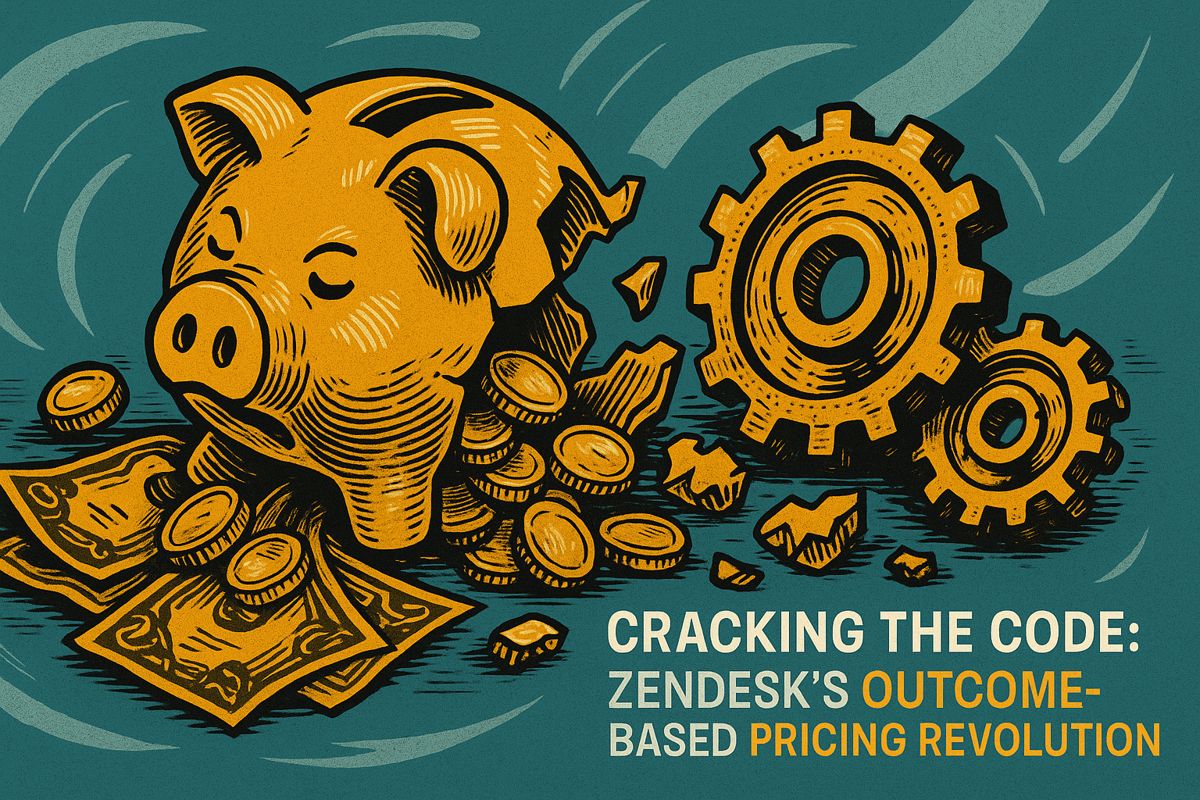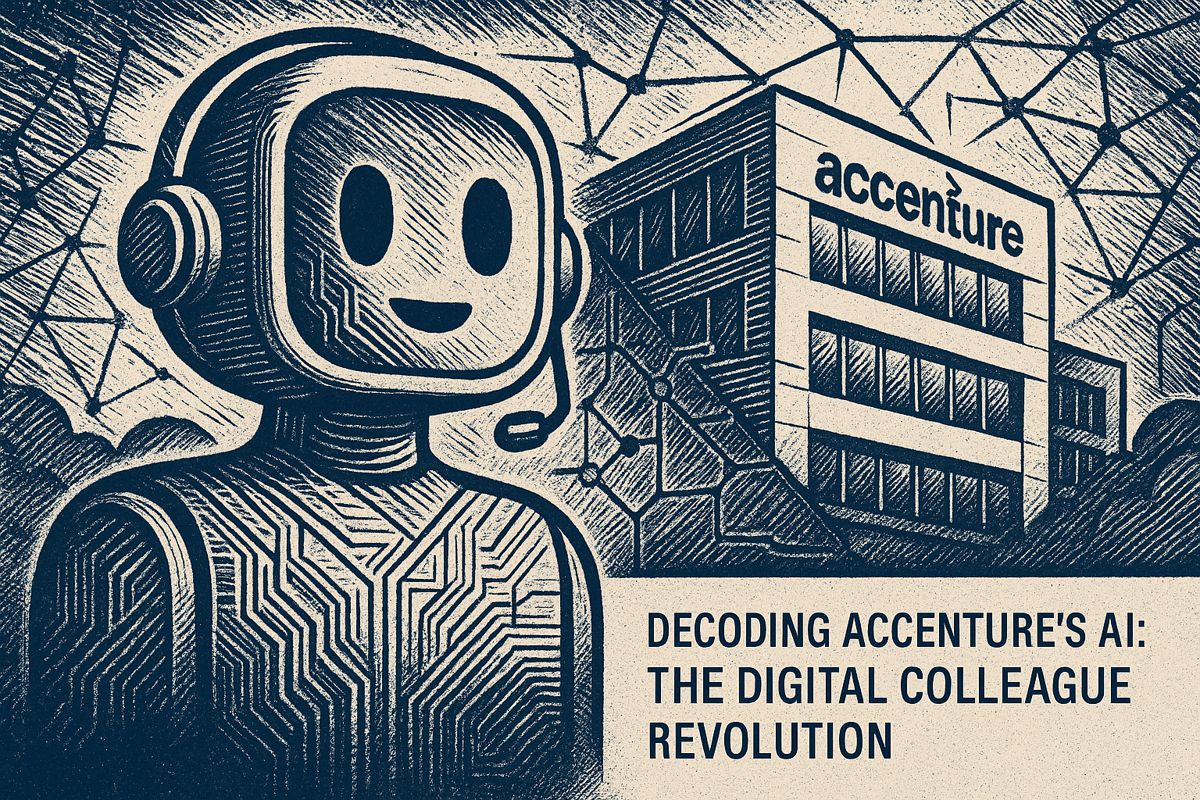To build audience trust, creators can curate a “greatest hits” album of their core ideas. This system provides a simple framework for collecting and deploying high-impact, repeatable messages across any platform, from podcast interviews to boardroom presentations. Your greatest hits become an instant resource for answering tough questions, shaping narratives, and reinforcing your expertise.
Why Greatest Hits Work
A ‘greatest hits’ system involves identifying your most effective core messages and repeating them across platforms. This strategy leverages the mere-exposure effect, where familiarity with your ideas boosts audience trust and reinforces your credibility, making your content more memorable and persuasive in a crowded digital landscape.
This approach is rooted in the mere-exposure effect, a psychological principle where repetition makes messages feel more familiar and trustworthy. Research confirms its power: a 2025 study found repetition can boost source credibility by 14% (Mattavelli et al., 2025). The business impact is also clear, with consistent messaging raising revenue by 23% across 1,200 brands (Energy and Matter Branding, 2024). Entrepreneur Alex Hormozi exemplifies this by repurposing one video into 30+ short clips, earning his brand 2 billion impressions and a reported 33% increase in audience trust (ThinkDMG).
Building Your ‘Inner Album of Greatest Hits’
- Identify Core Topics: List subjects where you have proven results, strong opinions, or unique stories.
- Gather Feedback: Ask clients and peers which of your insights provided the most value.
- Define Key Themes: Group similar ideas into 8–10 core themes, which will serve as the “tracks” on your album.
- Develop Core Content: For each track, write a concise 50-word hook and a 200-word explanatory story for easy adaptation.
- Analyze and Refine: Review performance metrics monthly to identify and improve underperforming hooks.
Putting Your ‘Greatest Hits’ into Action
- Podcasts: Use a signature story to open an episode before transitioning to new material.
- Short-Form Video: Dedicate one video to each core lesson, creating a steady stream of Reels, Shorts, and TikToks.
- Newsletters: Feature a different core idea each week, aligning with the “Rule of 7” for message retention outlined by media researchers (It’s Relevant TV, 2025).
- Live Events: Structure presentations with one slide per track, using audience reactions to identify the most resonant ideas for follow-up.
Keeping Your Content Fresh
Adopt the “create once, repurpose forever” model. Batch production by recording a 20-minute deep dive on each theme, then slice it into quotes, graphics, and social media threads for scheduling. In algorithm-driven feeds, consistency in tone and visuals is key to brand recall (AIContentfy).
To avoid audience fatigue, vary the context, not the core message. Frame the same principle as a client success story one day, a cautionary tale the next, and a data-backed insight the day after.
By documenting and refining your greatest hits, you create a powerful, consistent signal that cuts through the noise. This curated catalog of ideas not only saves production time but also solidifies your authority and ensures your audience remembers exactly why your voice matters.
What exactly is a “greatest-hits” content system?
Think of it as your personal Top-10 playlist of ideas. You list 8-10 core insights that:
– Define the problems you solve
– Explain your unique method
– Showcase real results you have delivered
These mini-themes become the swiss-army knife of your brand – ready to be sliced into tweets, podcast riffs, keynote slides, or sales pages without starting from scratch. The goal is recognition before explanation: people hear the hook and already know it’s you.
How do I pick the ideas that deserve a permanent spot on the list?
Run a three-part filter:
1. Proof stack – list client outcomes, metrics, or transformations you can document
2. Energy check – highlight the stories you never get tired of telling
3. Market gap – note the advice your audience keeps saying they can’t find elsewhere
The overlap of these three circles is your greatest-hit material. Alex Hormozi credits this approach of scaling what works and ditching the rest for helping generate 35,000+ content pieces and 2 billion impressions across his ecosystem.
How often can I repeat the same core message before people tune out?
Research from 2025 suggests 5-9 exposures is the sweet spot for memory and trust. The trick is to change the wrapper, not the candy: swap the story, data point, or format while keeping the core principle identical. One long LinkedIn post can become a 30-second reel, a carousel, and a newsletter opener, feeling fresh to new followers who never saw the original.
Which formats give these ideas the longest shelf life?
Start with one anchor asset each month – a long video, podcast, or in-depth article. From that single source, chop it into:
– Micro-videos for TikTok/Reels (15-45s)
– Quote graphics for Instagram and LinkedIn
– Thread starters for X/Twitter
– Email hooks for your newsletter
Hormozi’s team turns one YouTube shoot into 30-plus shorts and posts, letting the “content flywheel” spin for weeks while the core idea stays identical.
How do I document and refine the list over time?
Create a living “Greatest-Hits Bible” in Notion or Google Docs. For every idea, include:
– The 1-sentence hook
– 3 proof stories
– Best-performing post links
– Audience comments that show resonance
Review quarterly: retire any theme that no longer excites you or fails to generate engagement. Add newcomers only when they pass the proof/energy/gap filter. Treat the document like a product roadmap – version, test, ship, repeat.



















